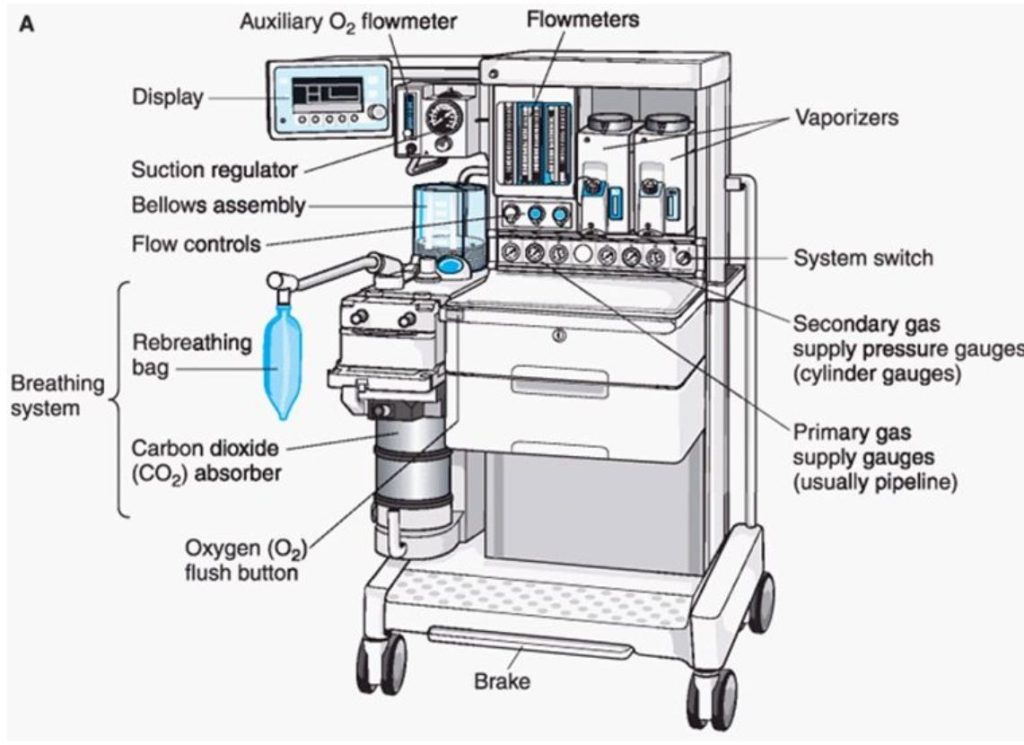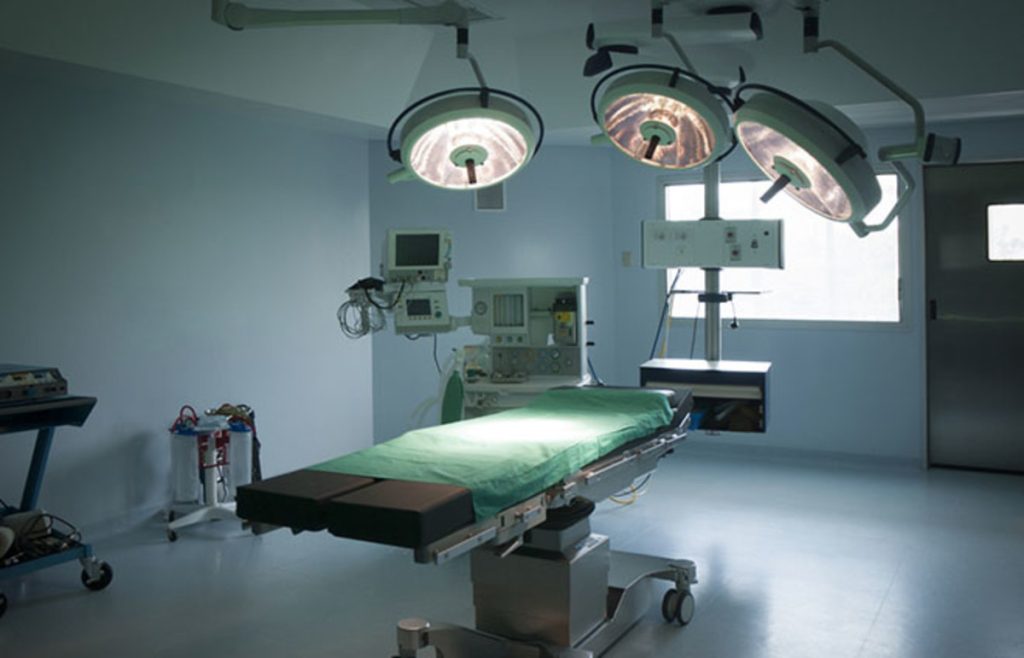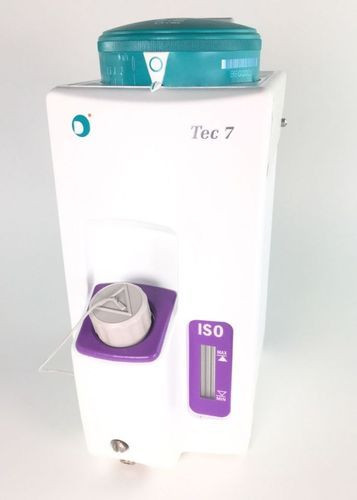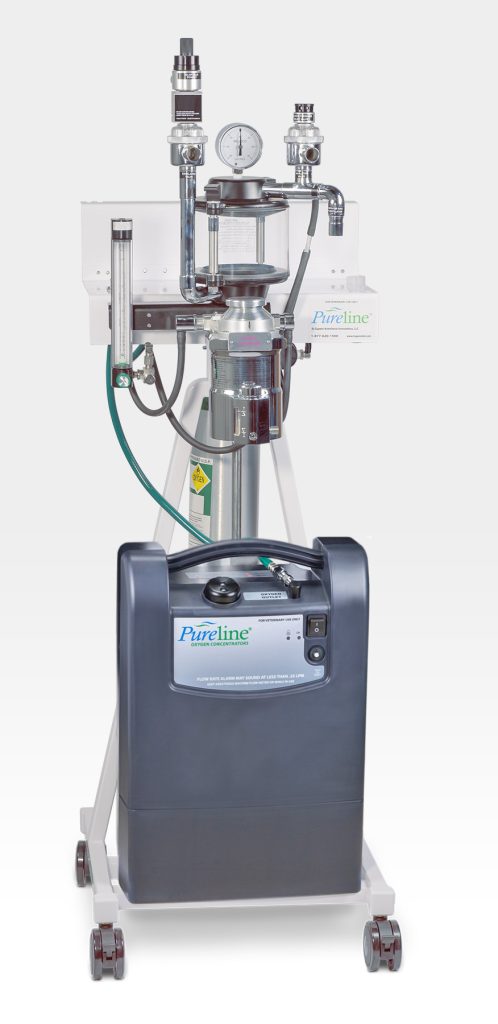What is an anesthesia machine?
An anesthesia machine is a medical device used to deliver anesthesia gases to a patient during surgery. The machine typically consists of a breathing circuit, an anesthesia vaporizer, and a monitor.
What are the components of an anesthesia machine?
The anesthesia machine is a complex piece of medical equipment that is used to deliver anesthesia to patients during surgery. There are many different components of an anesthesia machine, and each one plays an important role in the delivery of anesthesia.
The main components of an anesthesia machine are the gas cylinders, the vaporizers, the breathing circuit, and the monitors. The gas cylinders contain the gases that will be used during surgery, such as oxygen, nitrous oxide, and carbon dioxide. The vaporizers deliver the anaesthetic agents in gaseous form to the patient. The breathing circuit connects the patient to the machine and delivers the anaesthetic gases to them. The monitors display vital signs information for both the patient and surgeon.
How often does an anesthesia machine need a full test?: Anesthesia machines should be tested at least once a year
How often does an anesthesia machine need a full test?
Anesthesia machines should be tested at least once a week, and more often if they are used frequently. A full test includes all of the machine’s functions, such as checking the oxygen level, verifying that the alarms work, and testing the ventilator.
Why is it important to test an anesthesia machine?
An anesthesia machine is a vital piece of equipment in any operating room. It is responsible for delivering the correct mix of gases to the patient, and it must be properly maintained to ensure that it is working correctly.
One of the most important aspects of maintaining an anesthesia machine is performing regular tests. These tests help to ensure that the machine is delivering the correct mix of gases and that it is functioning properly.
There are two types of tests that should be performed on an anesthesia machine: full tests and partial tests. Full tests should be performed at least once a year, while partial tests can be performed more frequently, depending on the needs of the hospital or surgery center.
What are the risks of not testing an anesthesia machine?
Anesthesia machines are critical pieces of medical equipment that must be regularly tested to ensure they are functioning properly. If an anesthesia machine is not tested, it could malfunction and put patients at risk.
Some of the risks associated with not testing an anesthesia machine include:
• Patients could be harmed if the machine fails during surgery
• Machines could fail unexpectedly, leading to delays in surgery
• If a machine is not working properly, it could cause patient discomfort or even death
Testing an anesthesia machine is essential to ensuring patient safety.
Who is responsible for testing an anesthesia machine?
Anesthesia machines must be tested at least once a year by qualified personnel. However, many factors can affect the frequency of testing, including the type of machine, its age and condition, and how often it is used.
How often should an anesthesia machine be calibrated?
It is important to keep your anesthesia machine in top working condition. To do this, it is recommended that you calibrate it at least once a year. However, depending on how often you use the machine, you may need to calibrate it more frequently.
What are the consequences of not calibrating an anesthesia machine?
If an anesthesia machine is not properly calibrated, it could lead to a number of problems. For example, the machine might deliver too much or too little anesthesia, which could be dangerous for patients. Additionally, the machine might not work properly if it is not calibrated, which could lead to delays in treatment or even cancellations of surgeries.
How can I ensure my anesthesia machine is safe?
Anesthesia machines are critical pieces of equipment in the operating room, and it is important to ensure that they are properly maintained. One way to do this is to perform a full test of the machine on a regular basis.
How often an anesthesia machine needs a full test will depend on the manufacturer’s recommendations and the hospital’s policies. However, as a general rule, it is advisable to test the machine at least once per year. This will help to ensure that it is functioning properly and that any potential problems are caught early.
What are the benefits of testing and calibrating my anesthesia machine?
1. Ensures the machine is functioning properly
2. Helps to identify any potential problems with the machine
3. Helps to ensure the safety of the patient
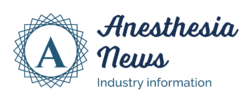
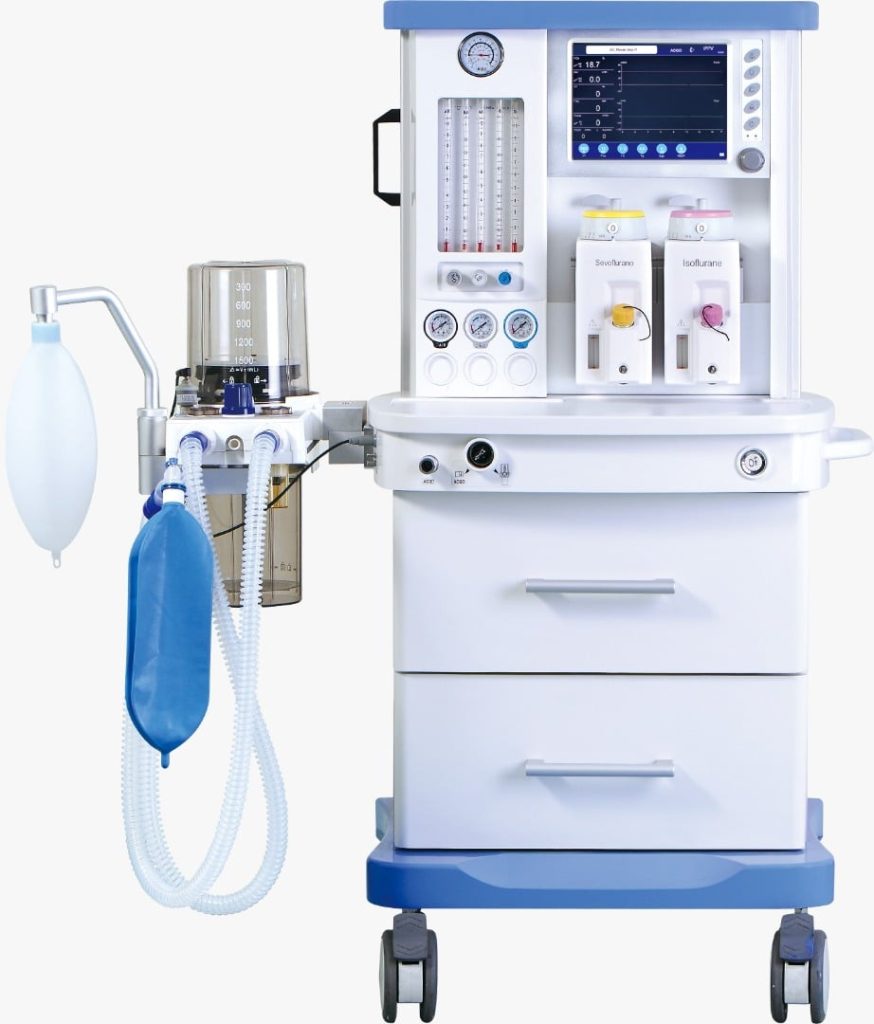
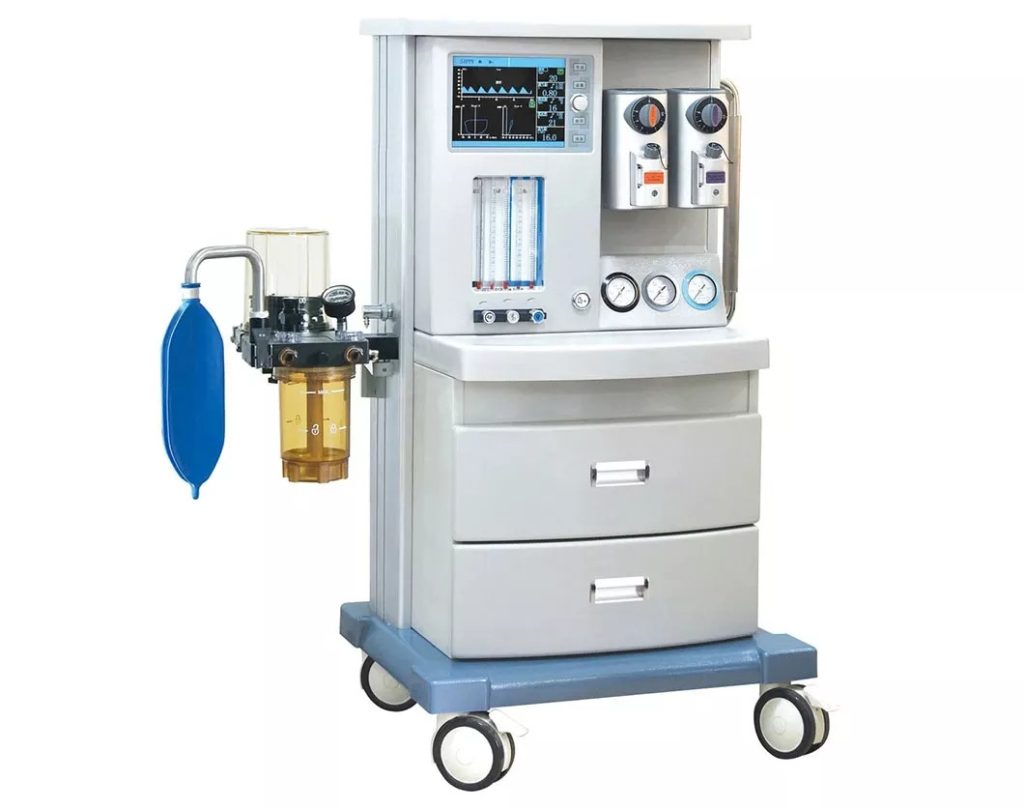
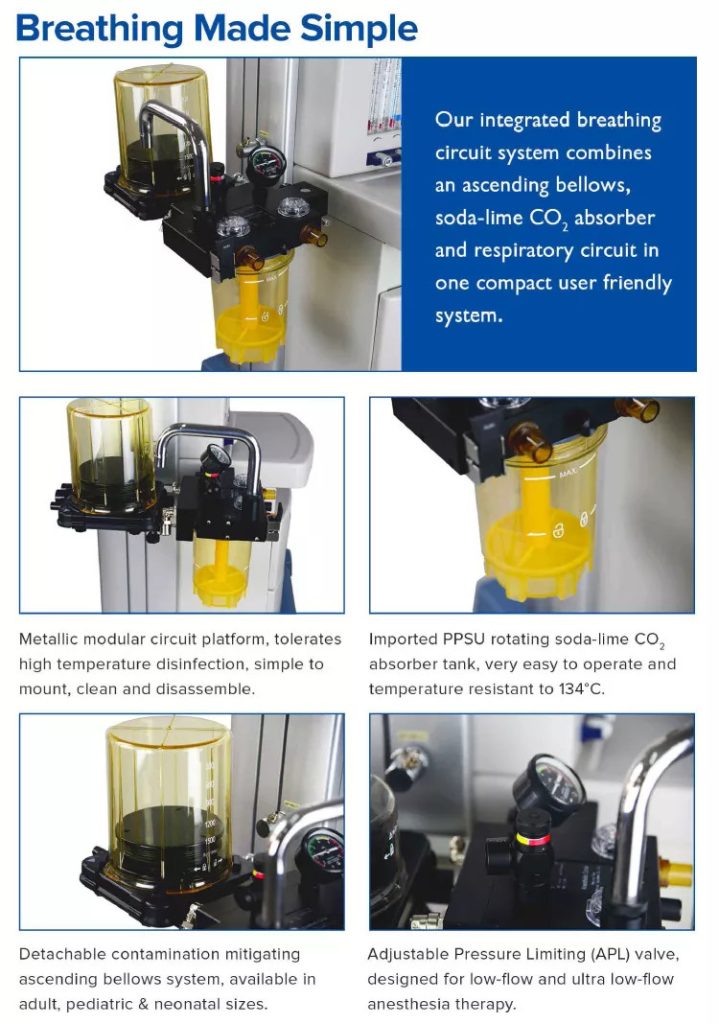
![The [Complete] Guide to Buying Anesthesia Machines](https://www.anesthesia-news.com/wp-content/uploads/2022/08/anesthesiamachine3.jpg)
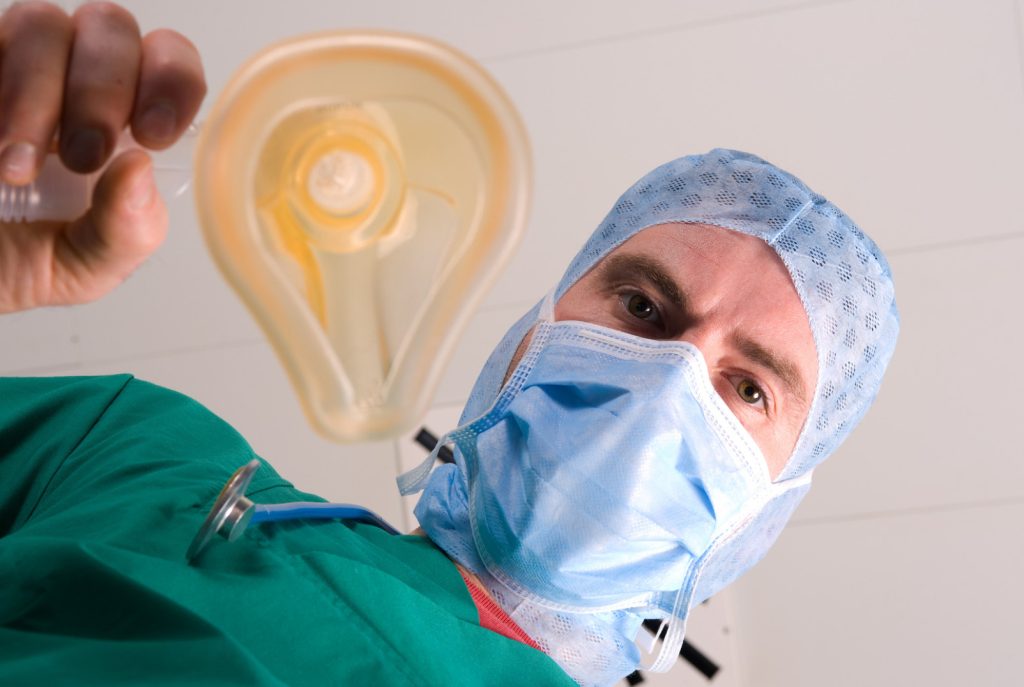
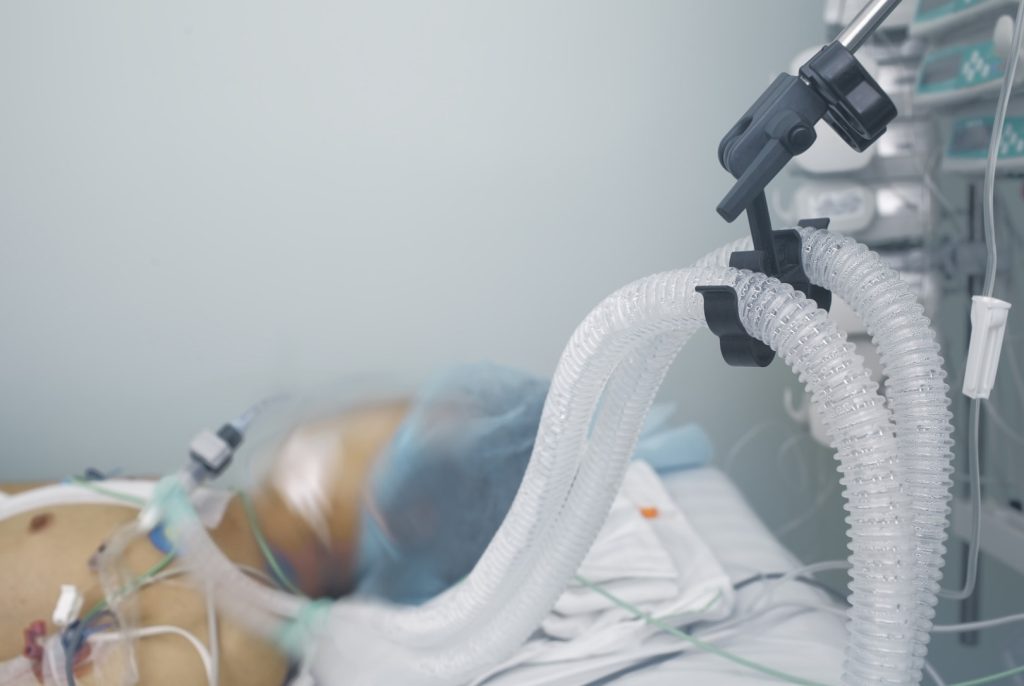
![How to Find the [PEEP Valve] on an Anesthesia Machine](https://www.anesthesia-news.com/wp-content/uploads/2022/09/peep-valve.jpg)
